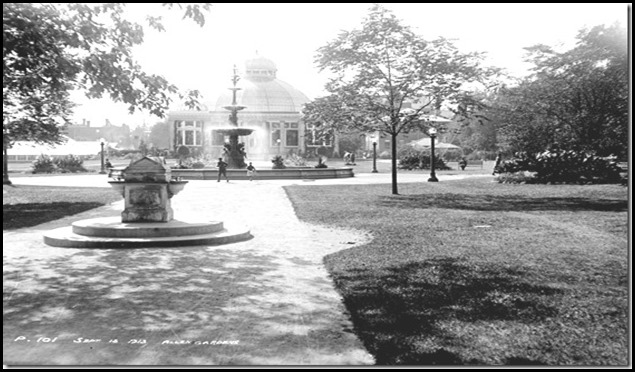Mr. Claus’ trousers fell to his ankles when he was climbing the ladder to enter Toyland at the end of one of the Eaton’s Santa Claus Parades. A heavy rainstorm had soaked his red and white costume, and the weight of the wet pillow that padded his stomach caused the disaster. On another occasion, Santa was under the influence of alcohol and shouted a few intemperate words to the young children along the route. In one parade, a young woman dressed as “Felix the Cat” had her costume split down the back, revealing far more than the children watching the parade should ever see. She was rushed to a tailor’s shop on Bloor Street, her costume hastily stitched, and she re-joined the parade. There was also the time when a low-hanging tree branch struck Santa and he almost tumbled from his perch in the sleigh. However, such incidents were rare. For over 100 years, the parade has occurred without a visible hitch, thrilling millions of spectators and those watching on television. In 2015, Toronto’s Santa Claus Parade arrived in Toronto for the 111th consecutive year. It is one of the largest and oldest parades of its type in the world. Though extremely well organized, it has had a few mishaps
Toronto’s Santa Claus Parade was first held in 1905, an idea of Timothy Eaton, the founder of Canada’s famous retail chain. He arranged for Santa to arrive at the old Union Station (now demolished) on Front Street. Having completed his journey from the North Pole, Santa climbed on a horse-drawn wagon decorated with bunting and sat on a packing crate. The wagon journeyed east on Front Street to Yonge, and then north on Yonge to the Eaton’s store at Queen and Yonge. Along the way, he tossed small bags of candy, nuts and trinkets to children lining the route. Timothy Eaton’s son, John Craig Eaton, realizing the potential of the event, continued and enlarged the parade that his father had started.
In 1909, the parade terminated at Massey Hall. Waiting inside the building was a multitude of excited children. In one early-day parade, a cart containing five or six real reindeers followed Santa. In 1910, the first costumed characters appeared. In 1917, Santa’s journey again ended at the Queen Street store, where he climbed upon a platform above the James Street entrance. From the platform, he ascended on a ladder into Toyland, which in that year was on the third floor.
Santa alighting from his sleigh in 1918 at the James Street entrance of Eaton’s Queen Street Store. The ladder is evident that allowed the jolly old man to climb to the canopy over the doorway. Photo from Ontario Archives.
During the years ahead, the parade became larger and the floats more elaborate. In 1920, Gimbal’s Department Store in Philadelphia copied the idea, and in 1924, Macey’s in New York and J. L. Hudsons in Detroit adopted Timothy Eaton’s idea. However, Eaton’s was reputed to be the grandest and most creative of all the parades, setting the standard for the others.
In 1928, Jack Brockie, Eaton’s special events manager, was given the responsibility of organizing the parade. The floats and costumes were created in an old factory on Albert Street. Every float, costume, paper-mache head, and prop was created by the staff of Eaton’s Merchandise Display Department. They worked 12 months each year to assemble the parade, the floats built from sketches rather than blueprints. In 1925, after the Toronto parade was over, Eaton’s shipped the floats on railcars to Montreal to create a parade for that city. It was held the week after the event occurred in Toronto.
During the Great Depression of the 1930s, Eaton’s stores across Canada were streamlined to reduce costs, but the colourful parade continued in all its glory. For many people, the parade was the beginning of the Christmas season. This has continued into the modern era, although many stores now place festive decorations in their stores shortly after Thanksgiving.
My earliest memories of the parade are from the 1940s, when the floats were pulled by horses to save petrol during the years of the Second World War. When I visited Toyland in that decade, it was on the fifth floor. When I asked my mother why there was another Santa at the Simpson’s store, she explained that all other Santa’s were merely helpers. The Santa in Eaton’s Toyland was the real one, as he was the Santa in the parade. I never questioned such a wise explanation. I retain a photo of my brother and me with Santa in the Eaton’s store, my mother standing beside us. The most exciting moment was when I whispered into Santa’s ear my secret wish for my Christmas present. My mother had warned my brother and me that we were allowed one wish each.
My brother and I with the “real” Santa at Eaton’s in 1942.
In 1948, Charles Thorson of Winnipeg was asked to design a cartoon character distinctively for Eaton’s. Thorson was the creator of Elmer Fudd and the prototype for Bugs Bunny. For Eaton’s, he devised a teddy bear with a thick lock of woolly hair on the top of his head. The bear’s name was Punkinhead, and he first appeared in the 1948 parade. Punkinhead was an enormous hit and inspired a host of merchandising items, as well as a song that sold many records.
Punkinhead on floats in 1977 (left) and in 1980 (right). Photo from Ontario Archives.
In the 1950s, the parade had over a thousand marchers. In 1954, the theme for the parade was “Rhymes and Fairy Tales from Distant Lands.” In 1956, Eaton’s built a 1.1 million square-foot warehouse at Sheppard Avenue and Highway #400 to stock heavy goods and a service department for the company’s fleet of trucks. Over 15,000 square feet of the building was reserved as a workshop for the parade.
In 1957, the theme was “The Parade of Merry Times,” and in 1958 it was “The Royal Road to Toyland.” Some floats were recycled from the previous year, but they were always well disguised. Each year, the most popular float was Mother Goose. Others that were particularly well-received were Cinderella, Gulliver, Sleeping Beauty, Snow White and the Fairy Queen. The most popular song played by the marching bands was “Jingle Bells.” For many years, the band the preceded the Santa float played this festive song.
The Santa Claus float was always the largest and most spectacular in the parade, and was the parade’s climax. For many years it consisted of Santa in his sleigh with his team of reindeers positioned above snow-covered roof tops. To increase the visual impact of the float, it was decided that the reindeer should be animated. However, this was technically difficult in a decade without powerful batteries. It was solved by hiring high school to pedal stationary bicycles inside the float. They provided the power that moved the reindeer up and down as it they were flying through the skies to deliver toys. Behind the Santa float was a dark-blue van that contained a doctor, a nurse, and a spare Santa, in case the grand old man had any medical problems. The spare Santa appeared from this van the year that the jolly old man became “too jolly” by drinking more than sarsaparilla juice.
By 1969, the parade was 1 1/2 miles long, with 500 musicians and 1100 children in costume. Every child’s costume was individually fitted. To participate in the parade was very competitive as there was a long list of applicants. Eaton’s offered a small remuneration and hot chocolate following the parade.
In 1982, Eaton’s decided not to sponsor the parade since its cost exceeded $250,000. Despite over a million people annually lining the parade route and a further 30 million watching it on TV throughout Canada and the United States, it was felt that it did not generate sufficient sales to justify the expense. A non-profit organization stepped in, and with the assistance of various corporations that each provided a float, the event continued.
In 2015, the 111th parade arrived in Toronto. It remains as anticipated today as it was in 1905, and remains one of my fondest memories of childhood. I take my hat off to Eaton’s as they were the originators of the greatest event of the yuletide season.
The Santa Claus float in 1919 on University Avenue, a short distance north of Queen Street. In 1919, University Avenue ended at Queen Street. It was not continued further south until the 1930s. The Armouries and the Registry Building are in the background, both these buildings now demolished. Photo from the Ontario Archives.
The parade in 1925 on Dupont Street. Photo Ontario Archives.
Zeppelin Airship in the parade in 1935 on University Avenue a short distance north of Queen Street West. Photo from the Ontario Archives.
Mother Goose in 1936 on University Avenue. The corner of the old Registry Building is evident in the background. Photo from the Ontario Archives.
Float on Yonge Street in 1962, with Eaton’s College Street in the background (now College Park). Photo from the Ontario Archives.
Toyland Train in the 1963 Santa Claus Parade. Photo from the Ontario Archives.
Santa Claus float on Yonge Street in 1963. Photo from the Ontario Archives.
The “Bed Knobs and Broomsticks” float in 1971 on Yonge Street. Photo from the Ontario Archives.
Float on University Avenue in 1974, photo from the Ontario Archives.
Upside-down clowns in the 1976 parade. These clowns have remained popular for many decades. Photo from the Ontario Archives.
Celebrity Clowns on University Avenue in 2015.
Teenagers dressed as dolls on University Avenue in 2015.
Float on University Avenue in 2015.
Disney’s “The Good Dinosaur,” in 2015.
“Games” float in 2015.
Float on University Avenue in 2015.
Float sponsored by the Royal Ontario Museum in 2015.
The Santa Claus float in 2015.
Note: The author is grateful the information provided by the book, “Eaton’s—the Tran-Canada Store” by Bruce Allen Kpoytek, published by History Press in 2014, as well as, “The Eaton’s” by Ron McQueen, Stoddart Publishing, 1998.
To view the Home Page for this blog: https://tayloronhistory.com/
A link to view previous posts about the movie houses of Toronto—historic and modern.
A link to view posts that explore Toronto’s Heritage Buildings:
https://tayloronhistory.com/2014/01/02/canadas-cultural-scenetorontos-architectural-heritage/
The publication entitled, “Toronto’s Theatres and the Golden Age of the Silver Screen,” was written by the author of this blog. It explores 50 of Toronto’s old theatres and contains over 80 archival photographs of the facades, marquees and interiors of the theatres. It relates anecdotes and stories by the author and others who experienced these grand old movie houses.
To place an order for this book:
Book also available in Chapter/Indigo, the Bell Lightbox Book Shop, and by phoning University of Toronto Press, Distribution: 416-667-7791 (ISBN 978.1.62619.450.2)
Another book, published by Dundurn Press, containing 80 of Toronto’s old movie theatres will be released in the spring of 2016. It is entitled, “Toronto’s Movie Theatres of Yesteryear—Brought Back to Thrill You Again.” It contains over 130 archival photographs.
A second publication, “Toronto Then and Now,” published by Pavilion Press (London, England) explores 75 of the city’s heritage sites. This book will also be released in the spring of 2016.
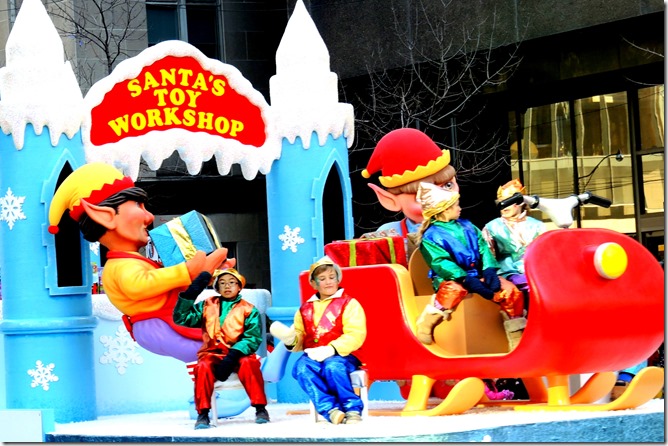
![1918, Ont. Archives I0020538[1] 1918, Ont. Archives I0020538[1]](https://tayloronhistory.com/wp-content/uploads/2015/12/1918-ont-archives-i00205381_thumb.jpg?w=682&h=420)
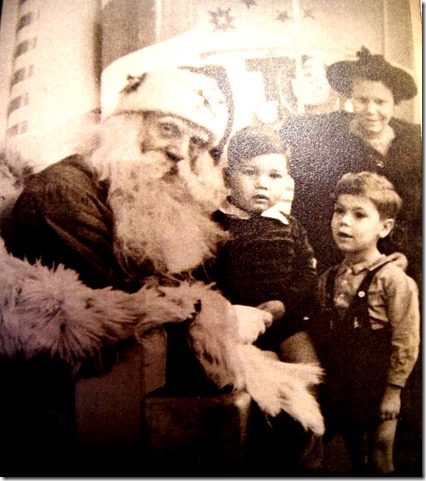
![Punkinhead 1977 I0020362[1] Punkinhead 1977 I0020362[1]](https://tayloronhistory.com/wp-content/uploads/2015/12/punkinhead-1977-i00203621_thumb.jpg?w=265&h=259)
![Punkinhead 1980 I0020476[1] Punkinhead 1980 I0020476[1]](https://tayloronhistory.com/wp-content/uploads/2015/12/punkinhead-1980-i00204761_thumb.jpg?w=339&h=257)
![1919, Ont. Archives I0020525[1] 1919, Ont. Archives I0020525[1]](https://tayloronhistory.com/wp-content/uploads/2015/12/1919-ont-archives-i00205251_thumb.jpg?w=701&h=441)
![1925. I0020441[1] 1925. I0020441[1]](https://tayloronhistory.com/wp-content/uploads/2015/12/1925-i00204411_thumb.jpg?w=703&h=400)
![1935, Zeppelin Ont. I0020465[1] 1935, Zeppelin Ont. I0020465[1]](https://tayloronhistory.com/wp-content/uploads/2015/12/1935-zeppelin-ont-i00204651_thumb.jpg?w=701&h=473)
![1936, Ont. I0020467[1] 1936, Ont. I0020467[1]](https://tayloronhistory.com/wp-content/uploads/2015/12/1936-ont-i00204671_thumb.jpg?w=703&h=433)
![1962. I0016068[1] 1962. I0016068[1]](https://tayloronhistory.com/wp-content/uploads/2015/12/1962-i00160681_thumb.jpg?w=716&h=445)
![1963, I0020380[1] 1963, I0020380[1]](https://tayloronhistory.com/wp-content/uploads/2015/12/1963-i00203801_thumb.jpg?w=711&h=469)
![1963. I0016069[1] 1963. I0016069[1]](https://tayloronhistory.com/wp-content/uploads/2015/12/1963-i00160691_thumb.jpg?w=711&h=433)
![Bedknobs and Broomsticks, 1971, Ont. I0020392[1] Bedknobs and Broomsticks, 1971, Ont. I0020392[1]](https://tayloronhistory.com/wp-content/uploads/2015/12/bedknobs-and-broomsticks-1971-ont-i00203921_thumb.jpg?w=707&h=417)
![1974, Ont. I0020383[1] 1974, Ont. I0020383[1]](https://tayloronhistory.com/wp-content/uploads/2015/12/1974-ont-i00203831_thumb.jpg?w=704&h=409)
![1976, Ont. I0020396[1] 1976, Ont. I0020396[1]](https://tayloronhistory.com/wp-content/uploads/2015/12/1976-ont-i00203961_thumb.jpg?w=698&h=432)
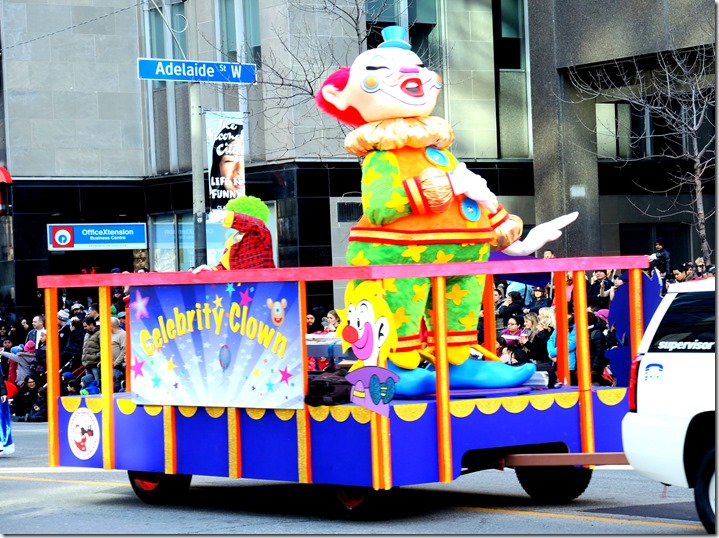
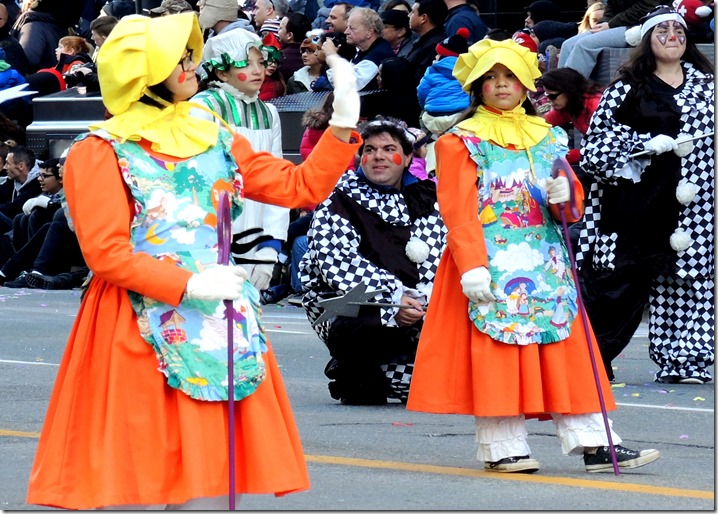
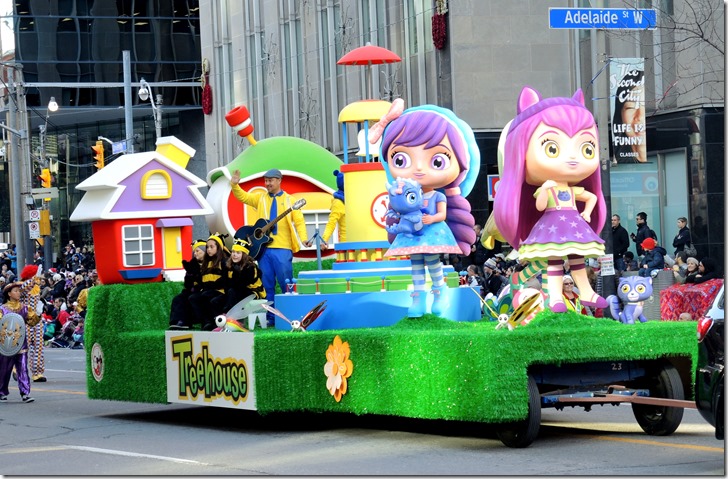
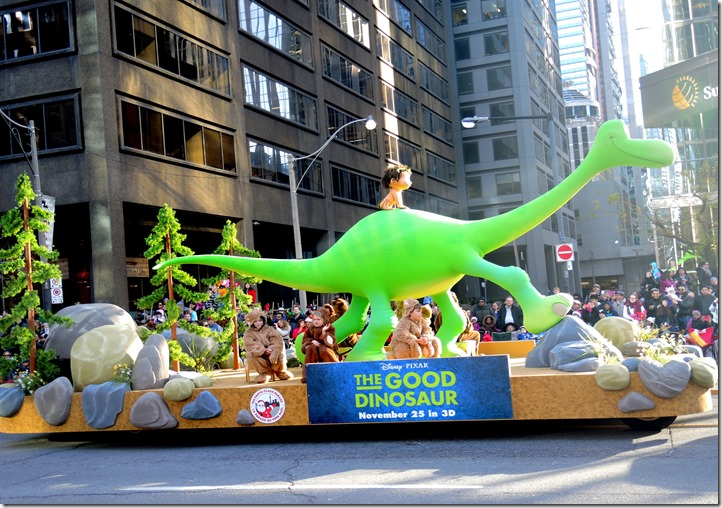
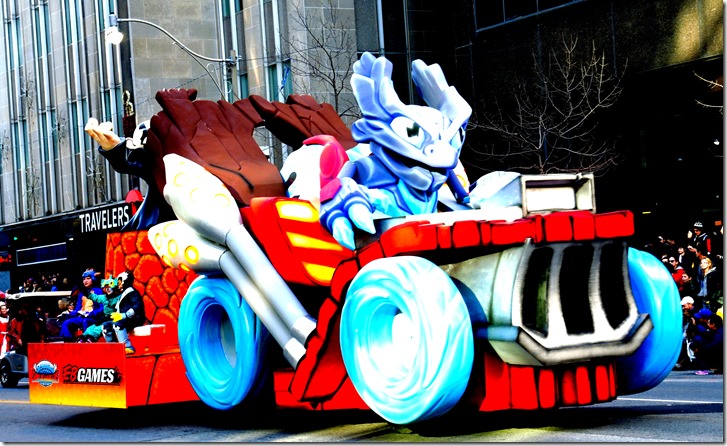
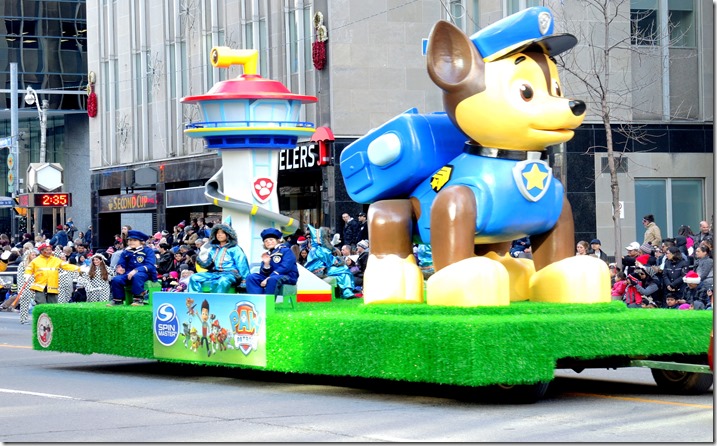
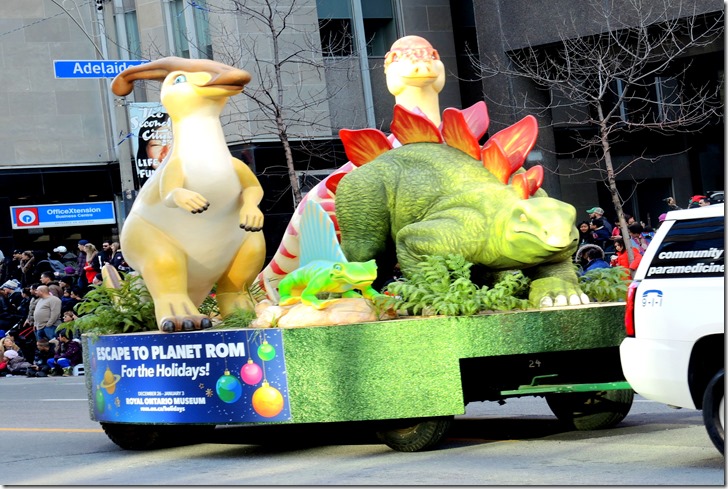
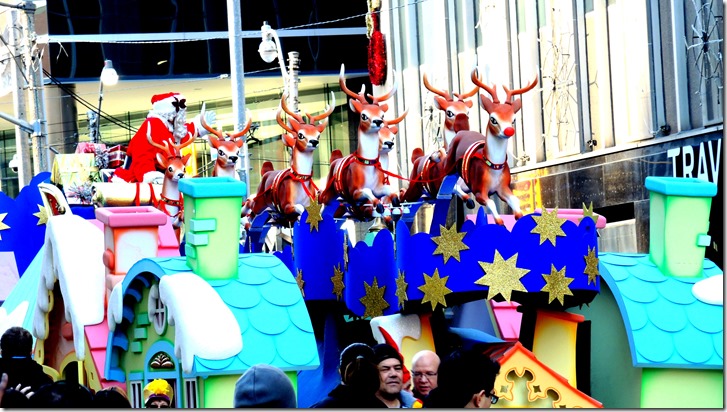
![cid_E474E4F9-11FC-42C9-AAAD-1B66D852[2] cid_E474E4F9-11FC-42C9-AAAD-1B66D852[2]](https://tayloronhistory.com/wp-content/uploads/2015/12/cid_e474e4f9-11fc-42c9-aaad-1b66d8522_thumb.jpg?w=315&h=420)

